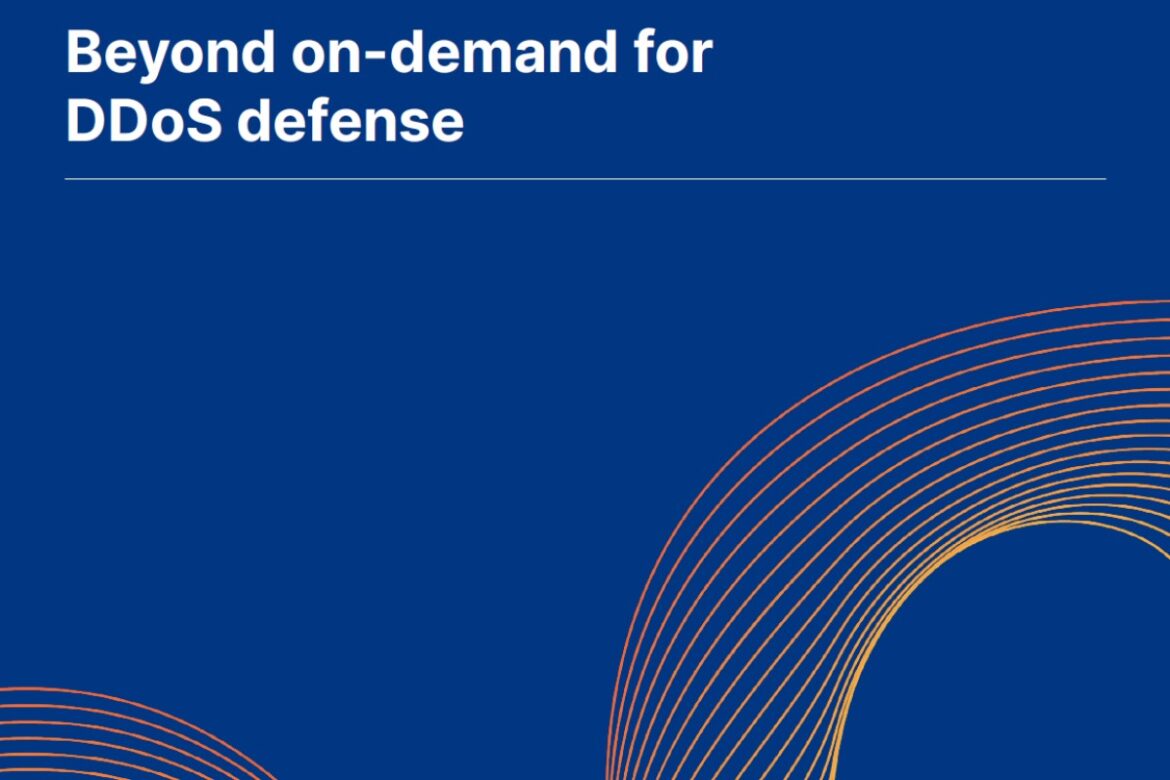Much of our world today lives in the cloud, employees are remote, and applications are hosted in IaaS environments — expanding the network perimeter to beyond the four walls of the data center and increasing our reliance on the Internet.
As overall Internet traffic has surged, cyber threats have as well. Specifically, DDoS attacks are increasing in frequency, sophistication, and geographical distribution.
While some major DDoS attacks make headlines, such as the (unsuccessful) attack on the Cloudflare network and the Mirai botnet attack, smaller and shorter attacks that often go unnoticed and unreported are increasing in frequency. These more subtle attacks are often still sufficient to cause major disruptions in networks.
As the threat landscape evolves, traditional methods of protection, such as on-premise hardware, may just not be enough to keep businesses online. Further, some cloud-based options may also add latency for legitimate traffic and take substantial time to mitigate an attack. Latency negatively affects user experience and churn — and can harm an organization’s revenue and reputation.
IT network and security decision-makers face several options when it comes to DDoS mitigation deployment, such as on-premise hardware versus cloud-based scrubbing centers as well as always-on versus on-demand deployment models.
Keep reading to learn about various deployment models, with a focus on comparing always-on and on-demand protection, challenges associated with traditional architectures, and key factors to consider before choosing a deployment model.

